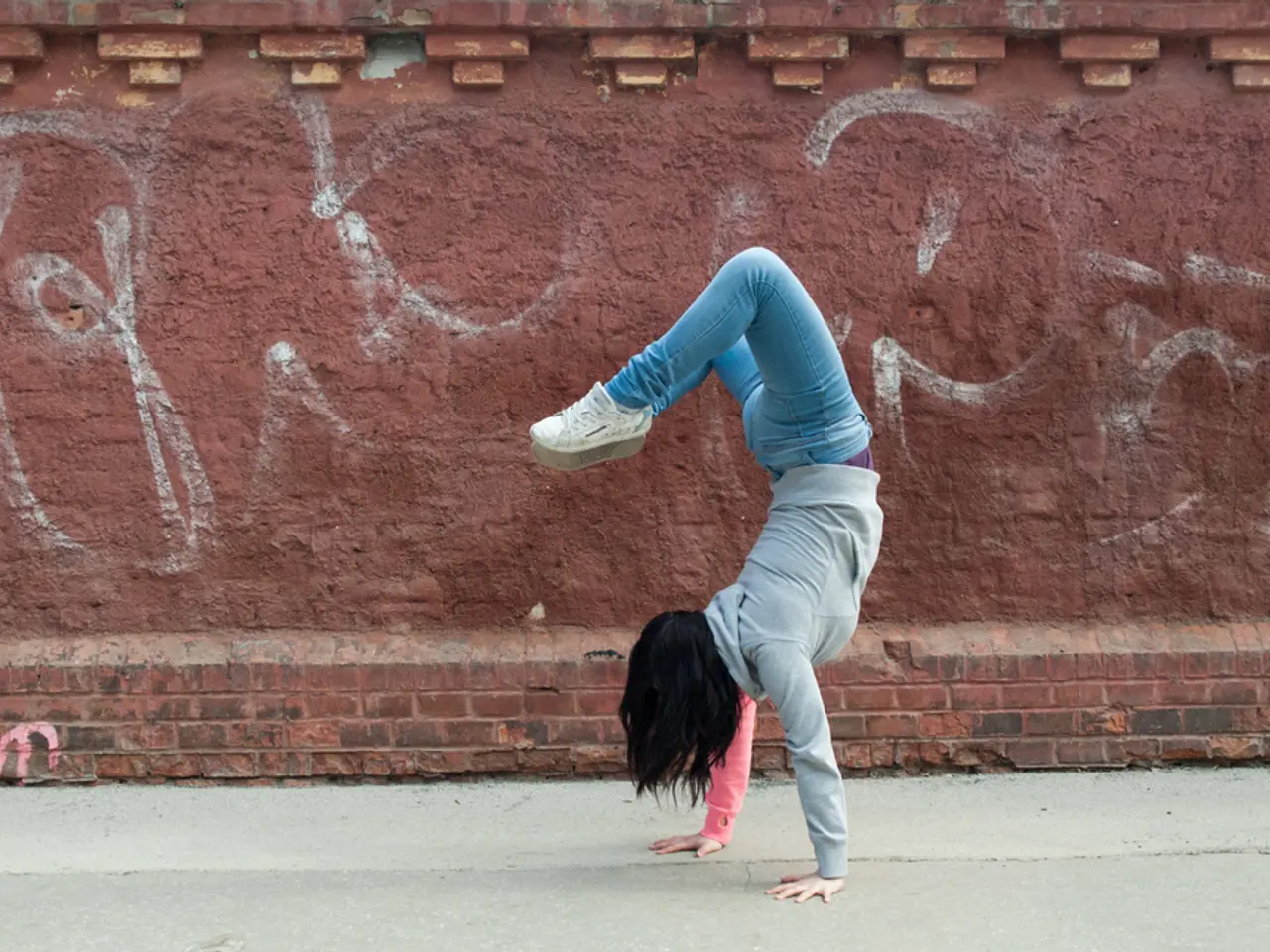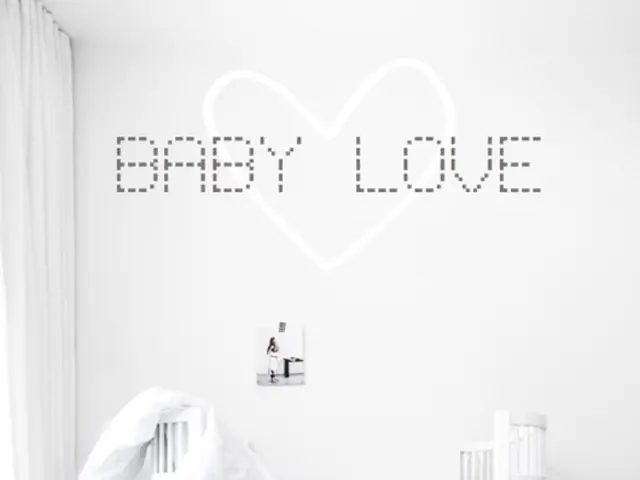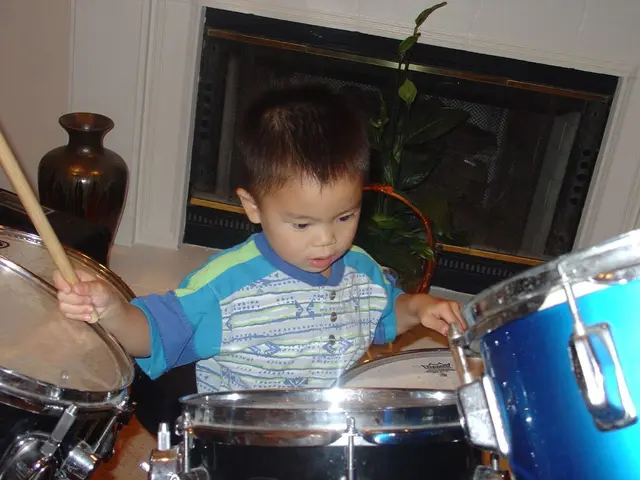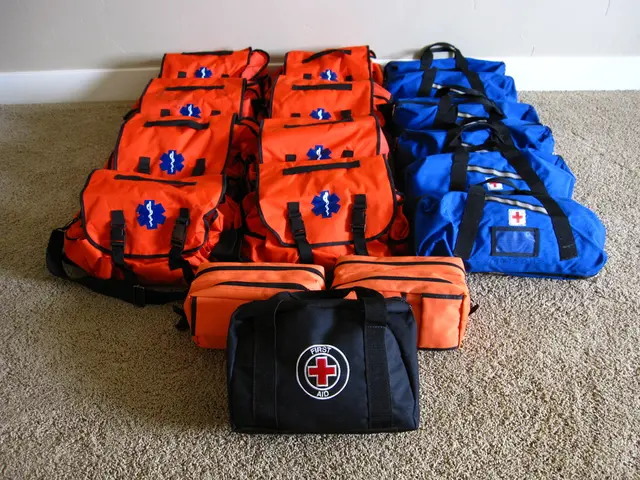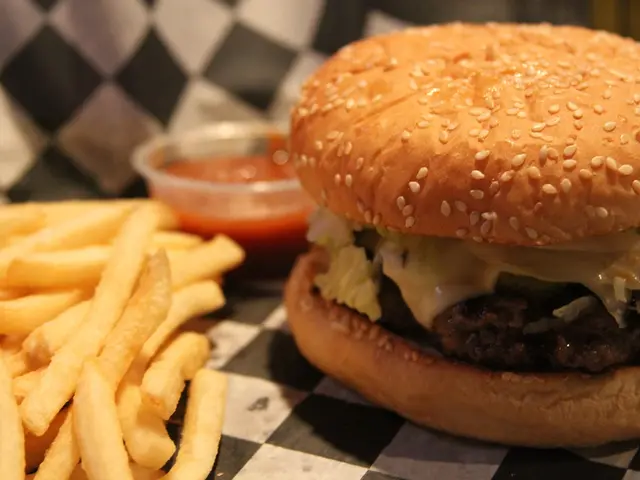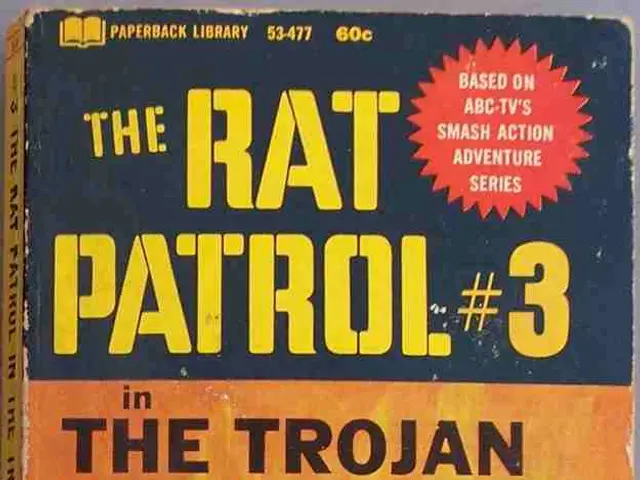Back Tension: Root causes, workout suggestions, and recovery methods
The lower back, a complex structure of bones, joints, muscles, and other tissues, is prone to tightness and pain due to a variety of reasons. Beyond the well-known causes such as injuries, arthritis, and poor posture, common sources of lower back discomfort include muscle strains, weak core muscles, stress, hormonal changes, and conditions like sciatica, spinal stenosis, and degenerative disc disease [1][2][3][4][5].
Overuse of back muscles from improper lifting or repetitive movements can lead to muscle strains that cause soreness, tightness, and limited motion in the lower back [1]. Insufficient strength in abdominal and core muscles can reduce spinal support, increasing strain on the lower back muscles [1]. Psychological stress can cause muscle tightness and pain in the lower back due to increased muscle tension [1]. Hormonal fluctuations during menstruation, pregnancy, or menopause can affect joint and muscle flexibility around the spine, increasing lower back stiffness and pain [2].
Pregnancy and post-delivery changes can also cause persistent lower back pain in women. The shift in body balance, spinal curvature, and stretched abdominal muscles during pregnancy, along with weakened core strength after delivery, contribute to this discomfort [2]. Lumbar radiculopathy, or sciatica, occurs when nerve roots in the lumbar spine are compressed or irritated due to conditions like herniated discs, degenerative disc disease, spinal stenosis, or vertebral slippage (spondylolisthesis) [3][4]. Spinal stenosis, the narrowing of the spinal canal, puts pressure on nerves, causing lower back pain and possible sciatica symptoms [3][4]. Degenerative disc disease, age-related wear of spinal discs, reduces their cushioning ability, leading to nerve compression and chronic lower back pain [3][4]. Piriformis syndrome, where the piriformis muscle in the buttocks tightens or spasms, can irritate the sciatic nerve, contributing to lower back and leg pain [4].
Prolonged sitting or repetitive tasks can also cause muscle imbalances and stiffness, resulting in lower back pain [1][5]. Counterirritants, such as ointments and creams, may be used to stimulate nerves in the lower back. Hot or cold packs can be placed on the lower back to help with pain [6]. It is recommended to consult a doctor before starting a new exercise or stretching routine. Examples of exercises that may ease lower back tightness include lumbar rotation [7].
If a person has sustained an injury to the back, they should see a doctor right away. A doctor can use X-rays and other diagnostic tests to check for damage to the joints, muscles, or ligaments in the back [8]. Nonsteroidal anti-inflammatory drugs, such as ibuprofen, may be used to treat lower back pain [9]. In more severe cases, nerve block therapies may be recommended to cut off certain nerves in the lower back to help alleviate pain [10].
In less severe cases, over-the-counter medications and other therapies are standard first-line treatments for lower back pain. Most lower back problems will resolve without medical attention, but if the pain persists for weeks, it is worth seeing a doctor [11]. Treatment for lower back tightness may include exercises, medication, hot or cold packs, and other methods [12]. A balanced diet, regular exercise, and maintaining good posture can help reduce the risk of lower back pain [13].
Injuries can occur due to trauma from a car accident, fall, sports injury, or during routine activities or everyday tasks [14]. In more severe cases, nerve block therapies may be recommended to cut off certain nerves in the lower back to help alleviate pain [10]. In less severe cases, analgesic medications, such as acetaminophen and aspirin, may be used to treat lower back pain [9]. The cat and camel stretches can reduce tightness and pain in the lower back [15]. Epidural steroid injections may be used to provide immediate but short-term relief from lower back pain [16].
It is possible to prevent lower back stiffness by taking certain steps. Incorporating a balanced diet, regular exercise, and maintaining good posture can help reduce the risk of lower back pain [13]. The single-knee-to-chest stretch can help stretch the lower back and legs [17]. If you are experiencing lower back tightness or pain, it is essential to consult a healthcare professional for an accurate diagnosis and appropriate treatment.
References: [1] Mayo Clinic. (2021). Lower back pain causes. Retrieved from https://www.mayoclinic.org/diseases-conditions/lower-back-pain/symptoms-causes/syc-20378426 [2] American Pregnancy Association. (2021). Back pain during pregnancy. Retrieved from https://americanpregnancy.org/pregnancy-complications/back-pain-during-pregnancy/ [3] National Institute of Neurological Disorders and Stroke. (2021). Sciatica fact sheet. Retrieved from https://www.ninds.nih.gov/Disorders/Patient-Caregiver-Education/Fact-Sheets/Sciatica-Fact-Sheet [4] Spine-health. (2021). Spinal stenosis. Retrieved from https://www.spine-health.com/conditions/spinal-stenosis [5] American Academy of Orthopaedic Surgeons. (2021). Lumbar herniated disc. Retrieved from https://orthoinfo.aaos.org/en/diseases--conditions/lumbar-herniated-disc [6] National Health Service. (2021). Lower back pain: Self-help guide. Retrieved from https://www.nhs.uk/conditions/lower-back-pain/self-help/ [7] Spine-health. (2021). Lumbar rotation exercise. Retrieved from https://www.spine-health.com/wellness/exercise/lumbar-rotation-exercise [8] American Academy of Orthopaedic Surgeons. (2021). Diagnosis of lower back pain. Retrieved from https://orthoinfo.aaos.org/en/diseases--conditions/diagnosis-of-lower-back-pain [9] National Health Service. (2021). Lower back pain: Treatment. Retrieved from https://www.nhs.uk/conditions/lower-back-pain/treatment/ [10] American Academy of Orthopaedic Surgeons. (2021). Nerve blocks for lower back pain. Retrieved from https://orthoinfo.aaos.org/en/treatment/nerve-blocks-for-lower-back-pain/ [11] National Institute of Neurological Disorders and Stroke. (2021). Acute low back pain fact sheet. Retrieved from https://www.ninds.nih.gov/Disorders/Patient-Caregiver-Education/Fact-Sheets/Acute-Low-Back-Pain-Fact-Sheet [12] National Health Service. (2021). Lower back pain: Treatment. Retrieved from https://www.nhs.uk/conditions/lower-back-pain/treatment/ [13] National Institute of Neurological Disorders and Stroke. (2021). Preventing low back pain. Retrieved from https://www.ninds.nih.gov/Disorders/Patient-Caregiver-Education/Fact-Sheets/Preventing-Low-Back-Pain-Fact-Sheet [14] Spine-health. (2021). Lower back pain causes. Retrieved from https://www.spine-health.com/conditions/lower-back-pain/causes [15] Spine-health. (2021). Cat and camel stretch. Retrieved from https://www.spine-health.com/wellness/exercise/cat-camel-stretch [16] National Institute of Neurological Disorders and Stroke. (2021). Epidural steroid injections. Retrieved from https://www.ninds.nih.gov/Disorders/Patient-Caregiver-Education/Fact-Sheets/Epidural-Steroid-Injections-Fact-Sheet [17] American Pregnancy Association. (2021). Lower back pain relief. Retrieved from https://americanpregnancy.org/pregnancy-complications/lower-back-pain-relief/
- PSA: Improper lifting and repetitive movements can lead to muscle strains, a common source of lower back discomfort, in the health-and-wellness sphere.
- Aq: Alzheimer's patients might experience mental-health issues, which can indirectly contribute to lower back pain, as poor mental health can lead to stress, causing muscle tension.
- Pet: Regular exercises, such as the cat and camel stretches, are recommended as part of fitness-and-exercise routines to reduce tightness and pain in the lower back, as mentioned by science.
- Mm: Incorporating a balanced diet rich in essential nutrients is crucial in maintaining good health-and-wellness, as it can help reduce the risk of lower back pain and promote overall well-being.
- Aq: Beyond falls and accidents, conditions like Alzheimer's can causemental-health issues, leading to unintended neglect and improper care of pets, which may result in additional lower back stress or strain.
- In less severe cases, therapies-and-treatments like epidural steroid injections may provide immediate but short-term relief for knee pain, according to medical research.
